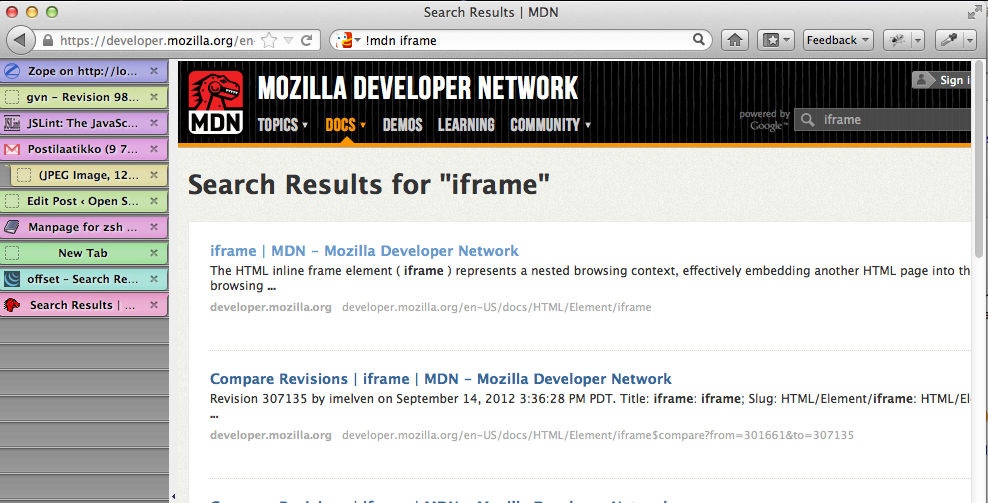

These were considered the height of coolness in the mid to late 90s, and there was evidence that having a webpage split up into smaller chunks like this was better for download speeds - especially noticeable with network connections being so slow back then. These were embedded in a master document called a frameset, which allowed you to specify the area on the screen that each frame filled, rather like sizing the columns and rows of a table.

Tutorial Part 5: Creating our home page.Tutorial Part 2: Creating a skeleton website.Setting up your own test automation environment.Building Angular applications and further resources.Advanced Svelte: Reactivity, lifecycle, accessibility.Dynamic behavior in Svelte: working with variables and props.Vue conditional rendering: editing existing todos.Adding a new todo form: Vue events, methods, and models.Ember Interactivity: Footer functionality, conditional rendering.Ember interactivity: Events, classes and state.Ember app structure and componentization.React interactivity: Editing, filtering, conditional rendering.Client-side web development tools index.Assessment: Accessibility troubleshooting.CSS and JavaScript accessibility best practices.Accessibility - Make the web usable by everyone.CSS property compatibility table for form controls.Assessment: Adding features to our bouncing balls demo.Introducing JavaScript objects overview.
IFRAME MDN CODE
Making decisions in your code - Conditionals.Basic math in JavaScript - Numbers and operators.Storing the information you need - Variables.What went wrong? Troubleshooting JavaScript.JavaScript - Dynamic client-side scripting.Assessment: Fundamental layout comprehension.Assessment: Typesetting a community school homepage.Assessment: Creating fancy letterheaded paper.Assessment: Fundamental CSS comprehension.HTML table advanced features and accessibility.From object to iframe - other embedding technologies.Assessment: Structuring a page of content.


 0 kommentar(er)
0 kommentar(er)
